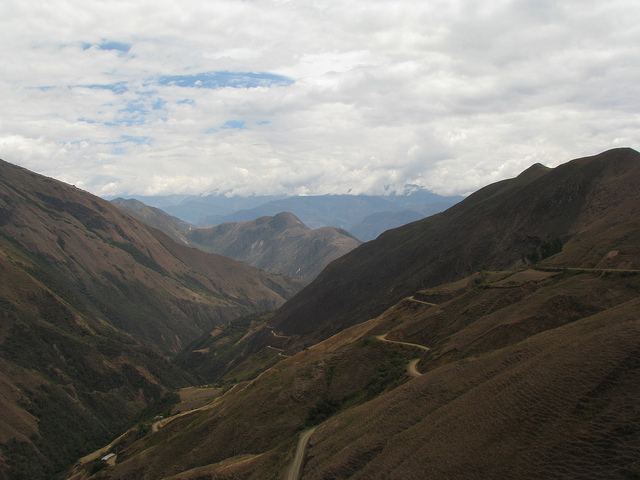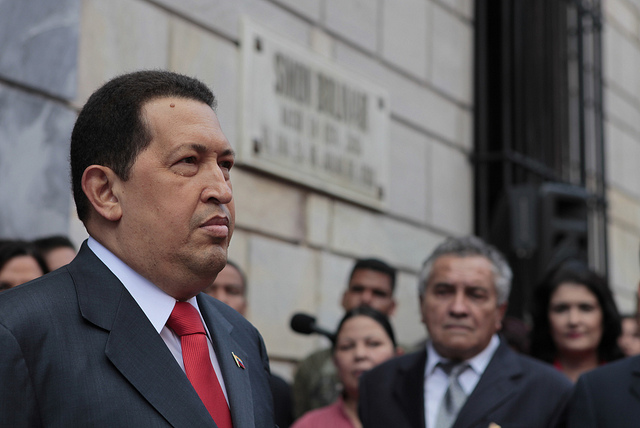
News Briefs, Peru
Peru To Pass Colombia As World’s Largest Coca Producer, UN Report Says
June 24, 2011 By Andrew OReilly
Peru may soon take over the title of world’s top coca producer from Colombia, according to a report released Thursday by the United Nations (UN).
For the fifth straight year, production of coca, the plant used to make cocaine, has risen in Peru. In 2010, 151,200 acres of land in Peru were used to cultivate coca, which is a two percent rise from the previous year. Colombia, which receives $500 million a year in U.S. anti-narcotics aid, had 153,205 acres under cultivation in the same year, a 15 percent drop from 2009.
The report’s findings put pressure on Peruvian president-elect Ollanta Humala to step up coca eradication efforts in the country. Analysts agree that Peru’s coca is now on par with Colombia’s and that Peru is the biggest de facto exporter of the drug, with most of the coca in Peru coming from the country’s Andean-Amazonian valley (VRAE, Spanish acronym).
One reason for Peru’s rise in coca production is the so-called “balloon effect,” which argues that when pressure is applied to one country, production moves to another. In this case the large scale U.S. financial support in Colombia has helped drive production into the neighboring Andean nations of Peru and Bolivia.
Colombia’s 2010 coca crop is less than half the 362,000 acres estimated in 2001, when eradication measures primarily sponsored by U.S. taxpayers began to pick up. Plan Colombia channeled $7 billion in aid to fight drugs and terrorism in the country.
“In past years, we met here to confront a very hard reality,” Colombia’s National Police commander General Óscar Naranjo said at the news conference. “These results show that Colombia has left behind forever the image of being a refuge for drug traffickers.”
Data for Bolivia were not available in the UN report, but in 2009 around 76,000 acres were under cultivation in the country, where some coca is grown legally for domestic consumption and President Evo Morales was once a leader of the coca growers union.
The three Andean nations account for 100 percent of all coca production worldwide.
Peru’s VRAE is a remote area that sits between the Andes mountains and the Amazon jungle. The region has little law enforcement and is an easy hideout for drug traffickers and the remaining members of the Shining Path guerrilla movement.
“[The Peruvian government] ceded this territory, to all intents and purposes, leaving just a very small underpaid police force,” said Adam Isacson, a researcher at the Washington Office on Latin America. “The numbers are starting to catch up with them.”
Peru has dispatched around 4,500 military members to the VRAE, with their main objective being counter-insurgency to combat the estimated 500 Shining Path fighters.
Members of the Shining Path and other Peruvians control the drug trade in the country’s interior, but near the coast security experts claim that Mexican drug gangs, particularly the Sinaloa cartel, have displaced Colombians in the market and in recent years there has been a string of drug-related murders.
The worry is that if the Peruvian government cracks down on the drug trade there will be an increase in “narco-violence” similar to what is happening in Mexico today.
“When it reaches a certain level it’s so much harder to eradicate. Mexico has a mid to high-level insurgency – it’s a for-profit, capitalist insurgency but an insurgency nonetheless,” said Gustavo Gorriti, an investigative journalist who focuses on security and corruption.
Photo: James Savage @ Flickr.







2 Comments
Hey Andy,
You forgot to mention how the US is the number one consumer of that coca. 🙂
[…] fastest growing economies, Peru is also one of the fastest growing producers of cocaine with a United Nation’s report released in June forecasting that it will soon take over Colombia as the world’s largest producer of the drug. […]
Comments are closed.